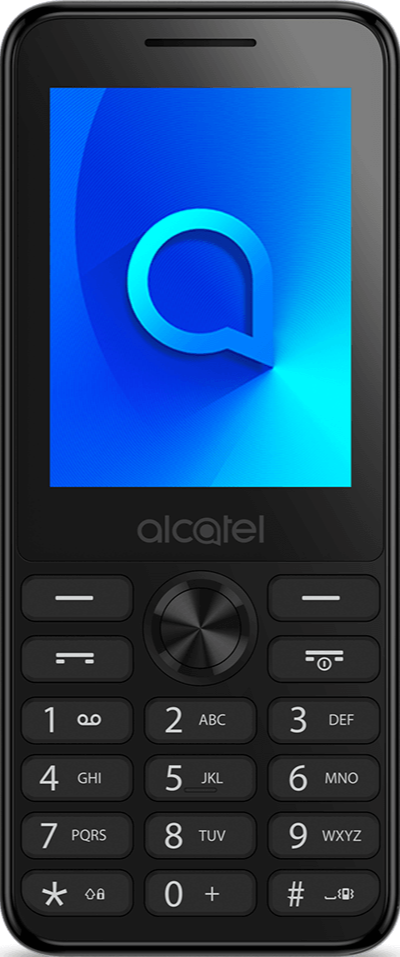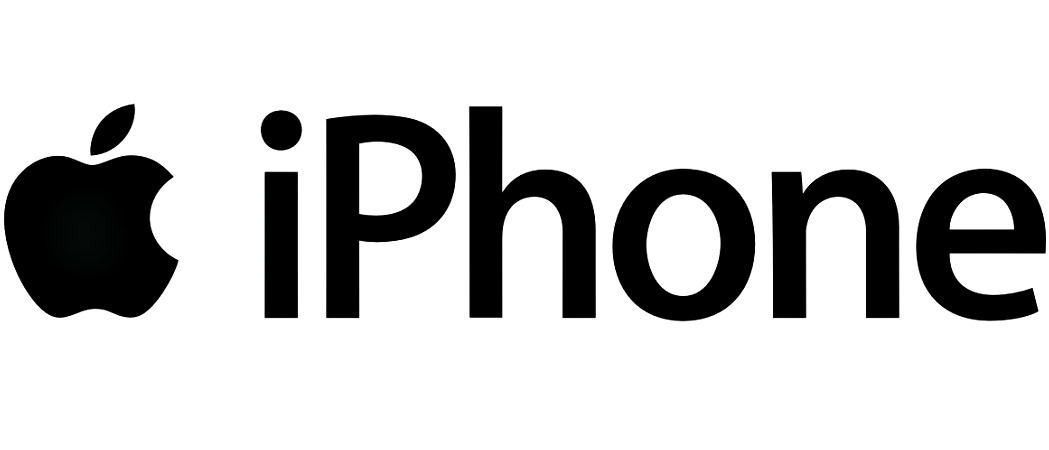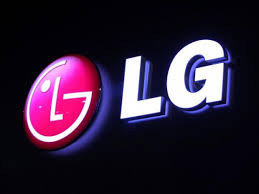Satellite Phone
- Home
- Thuraya
- Iridium Satellite Phone
- Globalstar
- Inmarsat Satellite Phones
- Satellite Phone
|
You may or may not know about Satellite Phones, however, if you are reading this, then you probably want to do some research on or you’re thinking of getting a Satellite Phone, correct? You are on a good page to know and get the best one for you |
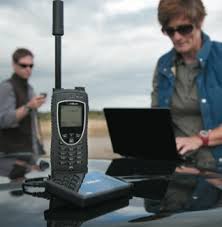 |
Which probably means you want and need insightful information to help you measure the pros and cons associated with the buying processing (or renting), owning and running a SatPhone, but first........
What Is A Satellite Phone
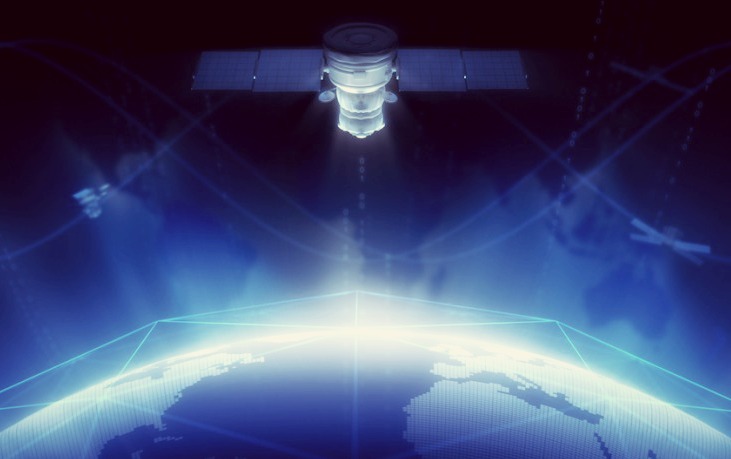 Circling Orbiting Satellite
Circling Orbiting SatelliteA Satellite Phone, SatPhone or Satellite Mobile Phone is a communication device that operates by connecting directly to satellites orbiting the Earth, rather than relying on terrestrial cell towers.
This allows satellite phones to provide voice calling, texting, and data services in remote or rural areas where traditional mobile networks are unavailable.
They work by
transmitting signals to and from satellites in either Low Earth Orbit
(LEO) or Geostationary Orbit (GEO), enabling users to maintain
connectivity in locations prone to natural disasters, during
emergencies, or in areas lacking infrastructure. Normal Mobile
Phones cannot do this, yet.
Why Do We Need Satellite Phones?
The bottom line is, a satellite phone is a vital safety tool, that keeps the line of communication open to you, your family and associates, while traveling around the world, in remote rural areas and areas where conventional signal coverage does not exist to use a normal Mobile Phone.
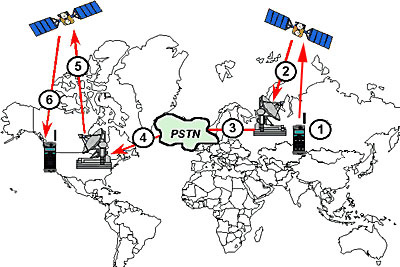 How Satellite Phones Work
How Satellite Phones Work
|
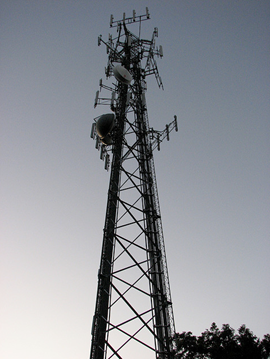 Terrestrial cell site (Bet you've seen many around) Terrestrial cell site (Bet you've seen many around) |
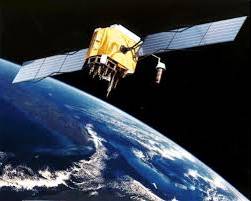 Circling Orbiting Satellite Circling Orbiting Satellite |
However, World Satellite Phones don't rely on a terrestrial cell phone network. Instead, they beam their data directly to and from Satellites Orbiting Earth |
Sat phones rely on a network of satellites that are either fixed above the
Equator (GEOstationary) or in Low Earth Orbit (LEO) anywhere from 500 to 1,000
miles above the earth. More on GEO and LEO below as it affects your SatPhone usage
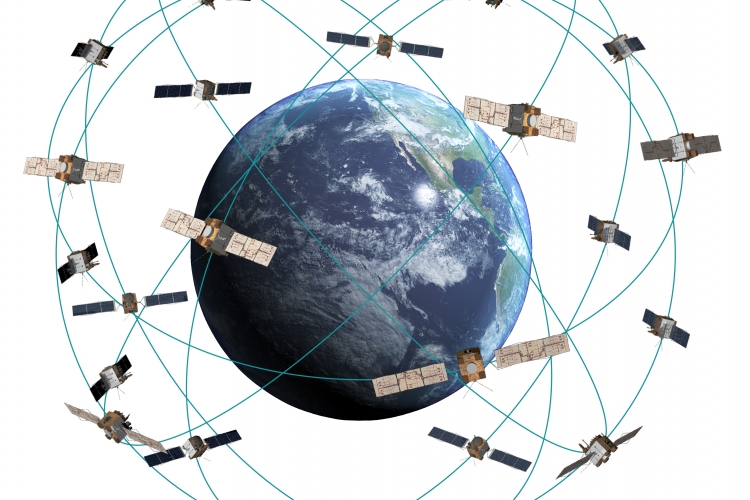 Constellation of Communication Satellites
Constellation of Communication Satellites
Where to buy Satellite Phones
and who is the best Satellite Phone service provider for You
The ability to allow the user to stay in touch from remote areas, with one another at a time of any emergency is boosting the demand for satellite phones across the world. Plus in addition they ae more affordable than ever beforE.  |
 |


The Four Main Satellite Phone Networks


The Four Main Satellite Phone Network Service Providers (below) give basically the same services, however in very different ways, with different kinds of coverage, quality and technology.
Which Sat system is right for you? Depends on where and
how you will make and receive phone calls, and what other supplementary services you may require, such as satellite internet access, Satellite calibrated configured constellation, connectivity for email, VoIP telephones, GSM and SMS messaging, to name a few.
The Two Types Of Satellites For SatPhones (GEOstationary) and Low Earth Orbit (LEO)
Satellite phones rely on two primary types of
satellites: Low Earth Orbit (LEO) and Geostationary (GEO) satellites. Some
companies, such as Iridium and Globalstar, have developed advanced LEO
satellite systems tailored for various communication needs, while others,
including Inmarsat and Thuraya, depend on geostationary satellites. Each
constellation offers its unique
advantages and disadvantages based on coverage and functionality.
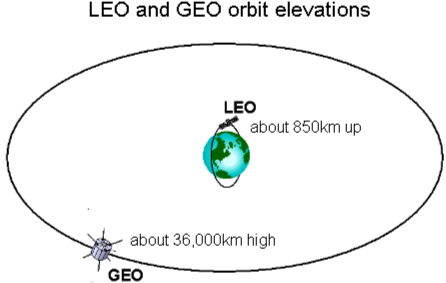
The Iridium Extreme
9575 exemplifies the power of LEO satellites, offering global connectivity
even in the most remote locations. These satellites orbit at a much lower
altitude (up to 930 miles or 1,500 km), providing dependable communication when
you need it most, especially during outdoor adventures or critical situations.
 Iridium extreme 9575 (LEO SatPhone)
Iridium extreme 9575 (LEO SatPhone)
The Globalstar GSP-1700 Satellite Phone is a perfect
example of LEO
technology designed for affordability and reliable communication. Ideal for
adventurers and professionals alike, it ensures you remain connected while
exploring remote areas. Globalstar's network, like Iridium's, relies on a
constellation of multiple LEO satellites to maintain consistent coverage and
high-quality communication.
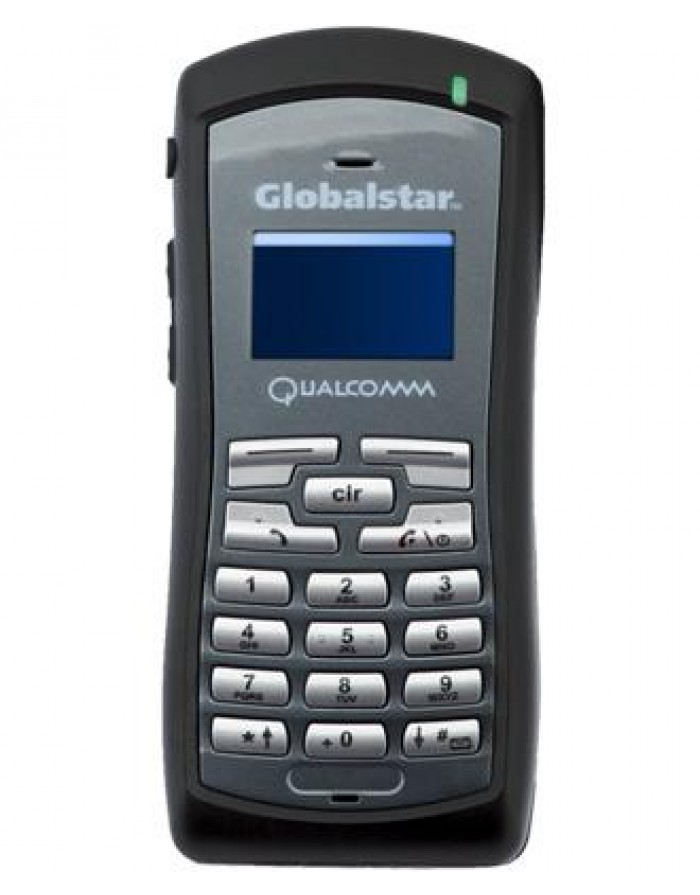 Globalstar GSP - 1700 Satellite Phone (LEO SatPhone)
Globalstar GSP - 1700 Satellite Phone (LEO SatPhone)
 |
Globalstar LEO
Satellite
Phones:
|
Low Earth Orbit (LEO) satellites, such as those utilized by Iridium and Globalstar, require a larger number of satellites to cover extensive regions. For instance, Iridium operates with up to 60 LEO satellites to maintain global coverage, allowing users to stay in touch during their travels.
Geo satellites, on the other hand, are massive and powerful. Positioned approximately 22,000 miles (36,000 kilometers) above Earth, a single GEO satellite can cover an extensive geographical area. With only about four GEO satellites, service can be provided to most of the Earth’s surface.
Thuraya operates using geostationary satellites,
providing dependable coverage across regions like Europe, Africa, and Asia. The
Thuraya XT Geo Satellite Phone offers a compact design and robust
functionality, making it an excellent choice for both casual travelers and
business users who need reliable communication when it matters most.
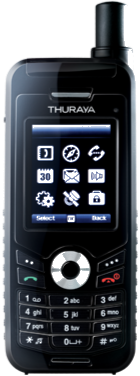 Thuraya XT Geo Satellite Phone
Thuraya XT Geo Satellite Phone
Inmarsat specializes in geostationary technology, ensuring
extensive coverage for maritime and aviation industries. The Inmarsat Isatphone
2 is designed to provide exceptional voice quality and data services, catering
to users who require robust communication under challenging conditions. Their
advanced infrastructure guarantees that you stay in touch, regardless of your
remote location.
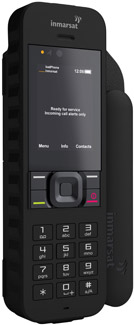 Inmarsat Isatphone 2 (GEO SatPhone)
Inmarsat Isatphone 2 (GEO SatPhone)
Satellites fly above destructive storms and are
rarely affected by violent weather conditions. Depending on their system
architecture, satellite phones work virtually anywhere in the world, offering
users peace of mind. These devices are lightweight and comparable in size to
standard cell phones.
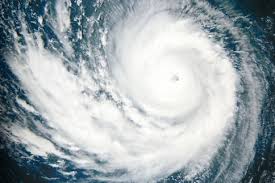 Satellites fly above destructive storms
Satellites fly above destructive storms
Understanding the types of satellite orbits and
the strengths of different satellite phone networks is crucial for selecting
the best option for your needs. Whether you require the global coverage of LEO
satellites or the extensive reach of GEO satellites, there is a satellite phone
tailored to ensure your connectivity in any situation.
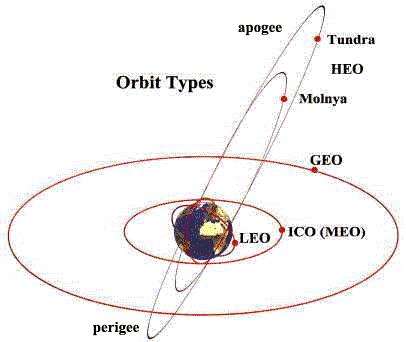 The different types of Satellite Orbits to help you know the Satphone you need
The different types of Satellite Orbits to help you know the Satphone you need
Depending on the satellite constellation
architecture, coverage may extend across the entire Earth or be limited to
specific regions. Make an informed choice to ensure you are always connected
when it matters the most.
Supplementary
There are
many benefits to having a Satellite Phone. The following are excellent reasons
why you should get one:
|
This technological leap unleashes Satellite Phones from the bonds restricting their Earth-based brethren |
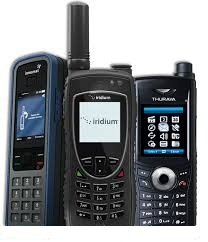 |
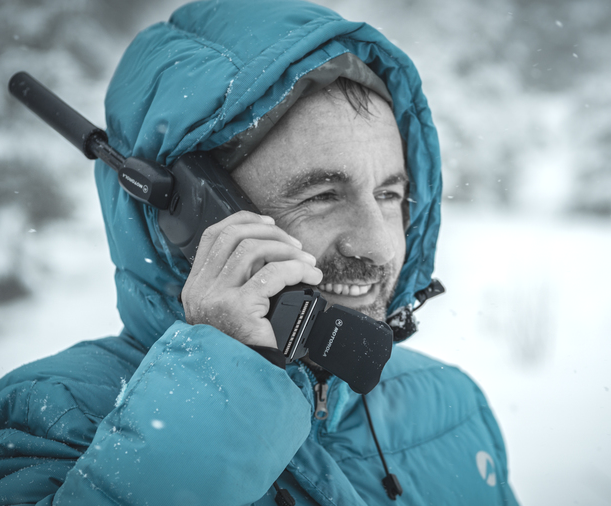 |
In locations where no Cell Phone towers exist, simply just step outside with your Satellite Phone to make a call for help at any time |
|
This is why the Satellite Phone is especially valuable when it comes to time sensitive emergency situations |
 |
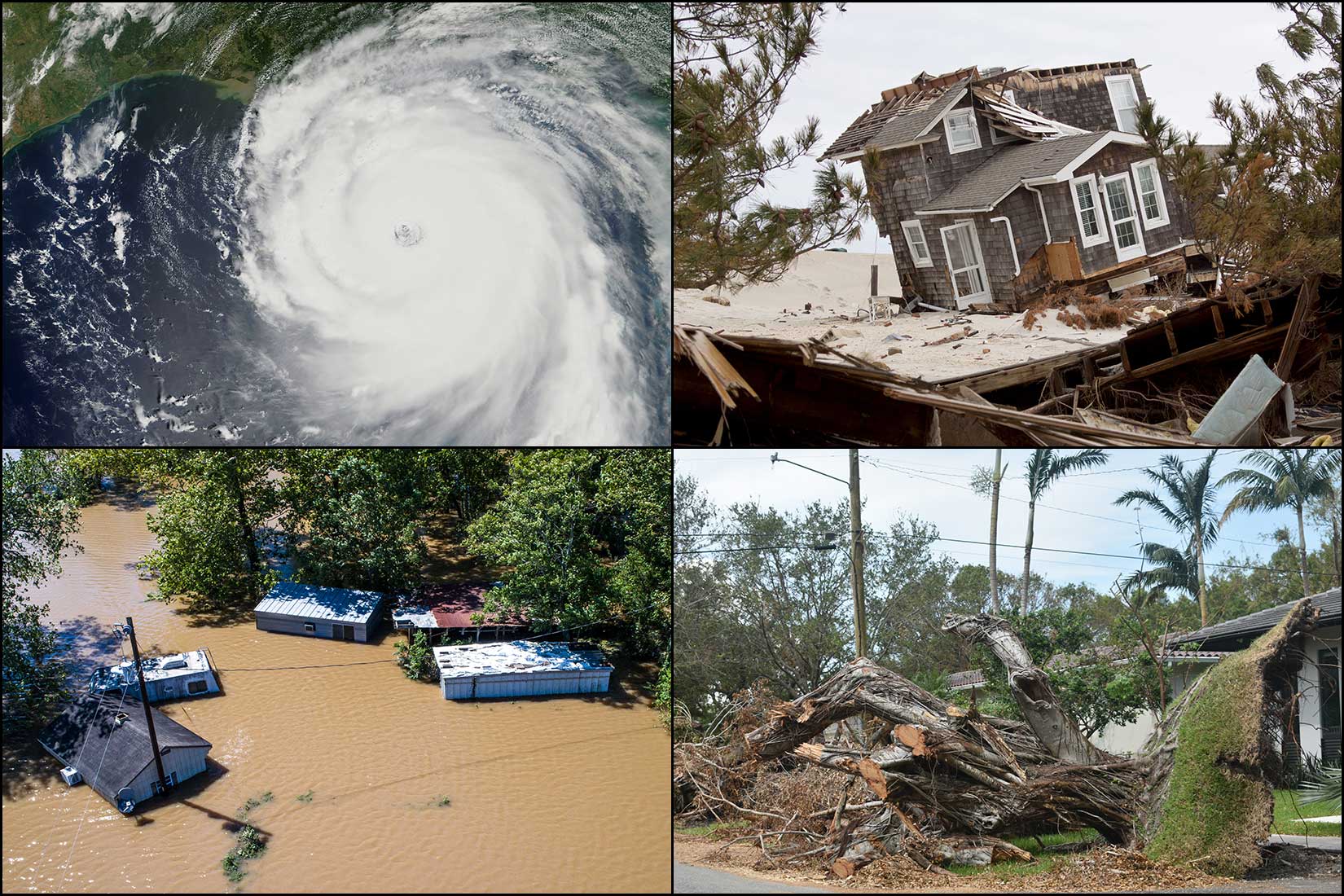 Frequent hurricane and earthquake prone areas?
Frequent hurricane and earthquake prone areas?When you’re outside of normal Mobile Phone range and you need to make that all-important call or text, why? When you live in a or frequent hurricane and earthquake prone areas or….
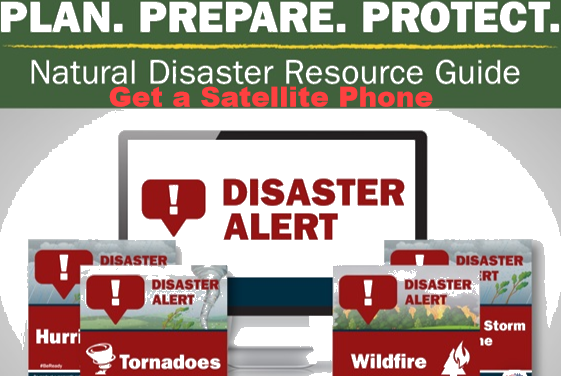
….The local government in an area you live or are visiting, has recently released an impending disaster alert warning
|
To give your loved ones peace of mind that you are safe and doing ok, when you’re away from home, in a remote area with precarious potential. Satellite phones allow you to keep the lines of communication open |
 |
 |
Whether you’re traveling across the country and lose reception in a sparsely populated area or on vacation in the backcountry |
|
a satellite phone is, the only, great way to keep in contact with your family |
 Get SatPhone Power In Your Hand Get SatPhone Power In Your Hand |
 Sparsely Populated Area Sparsely Populated Area |
Thus, they are the communication devices of choice in areas with minimal or non-existent cell coverage, such as sparsely populated or poor countries |
|
locations where governments restrict Mobile Phone and Internet access, or where natural disasters wreck ground-based systems |
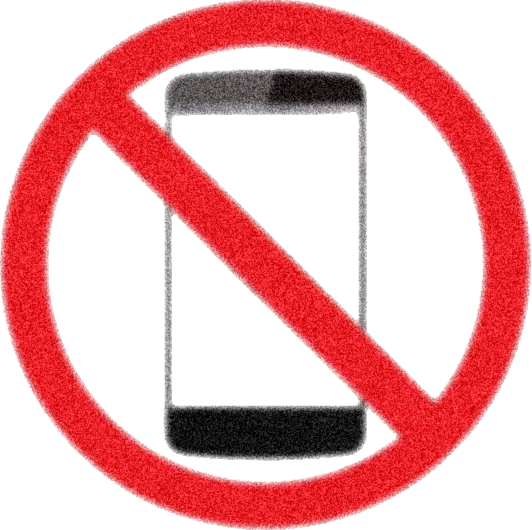 |
The
differences between normal and Sat Shones
|
As with Mobile Phones, terminals (SatPhones) have all basic phone features
Yet, even though they are heavier and bulkier than cell phones some SatPhone handsets have a weight and size similar to those of the middle 80s... |
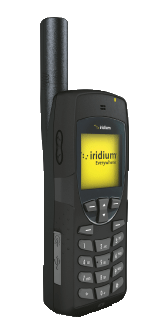 Iridium 9555 LEO SatPhone Iridium 9555 LEO SatPhone |
 |
....but then again their primary function is not to look sexy with thrills and frills but more for safety and peace of mind among other critical essential things, most have large retractable antennae. |
They aren't brimming with the nearly endless capabilities and functions that your SmartPhone has.
A SatPhone is a stripped-down phone that you'll primarily use to place calls or send short text messages.
|
However in the last few years a number of
recent Satellite Phones are now alike in size to normal mobile phones even
some have no difference from an ordinary SmartPhone. |
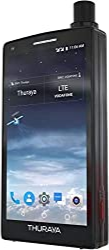 Thuraya X5 Touch Best SatPhone and SmartPhone combo Thuraya X5 Touch Best SatPhone and SmartPhone combo |
Why are Satellite Phones more common?
As you would no doubt expect that SatPhone buyers are mostly public safety agencies, government and energy companies, shipping, search and rescue organizations.



However there is an increasing trend where a big number of private people are purchasing Satellite Phones as a safety net against becoming unable to communicate with the world......



Some people in
the past may have
needed a SatPhone,
but couldn’t......
....especially if they are with their families and loved ones because in some places where Mobiles Phones dare not wander - that's where Satellite Mobile Phones show us what they are made off.
A Satellite Phone can keep you and your family in touch during disasters and emergencies
When tsunamis, earthquakes, volcanic eruptions, hurricanes, and other natural disasters occur, and normal communication goes down, a SatPhone will always be working to call in the help do all the emergency evacuations and usual conducts of saving lives
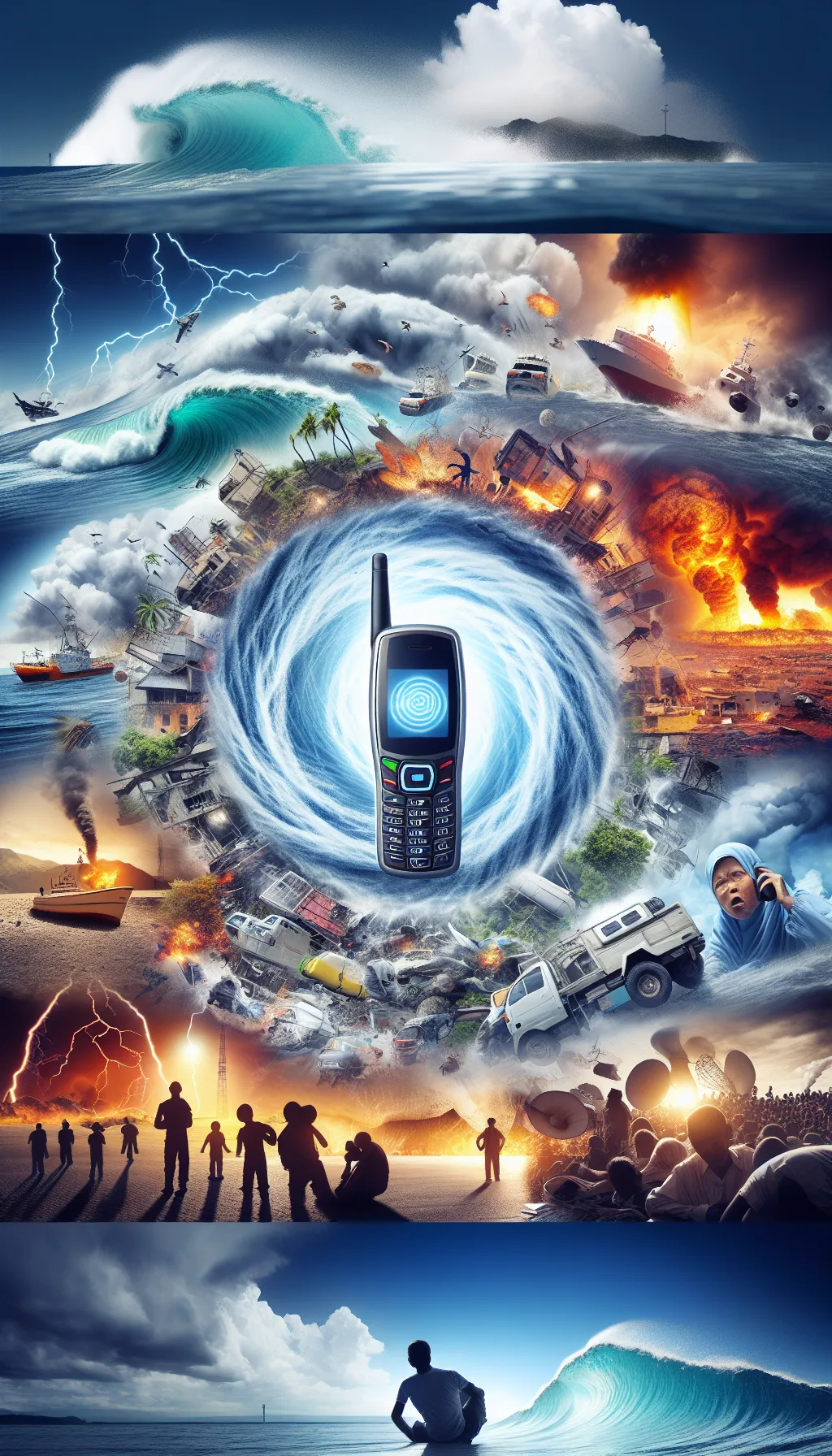
Just relying on your SmartPhone, or even a landline phone could be detrimental as it could prove difficult to contact the others if not impossible
Inside your house during a hurricane at night, and internet, power, and telephones all go down and you’re with the family, who you gonna to call? Not Ghostbusters, but a satellite Phone will save the day
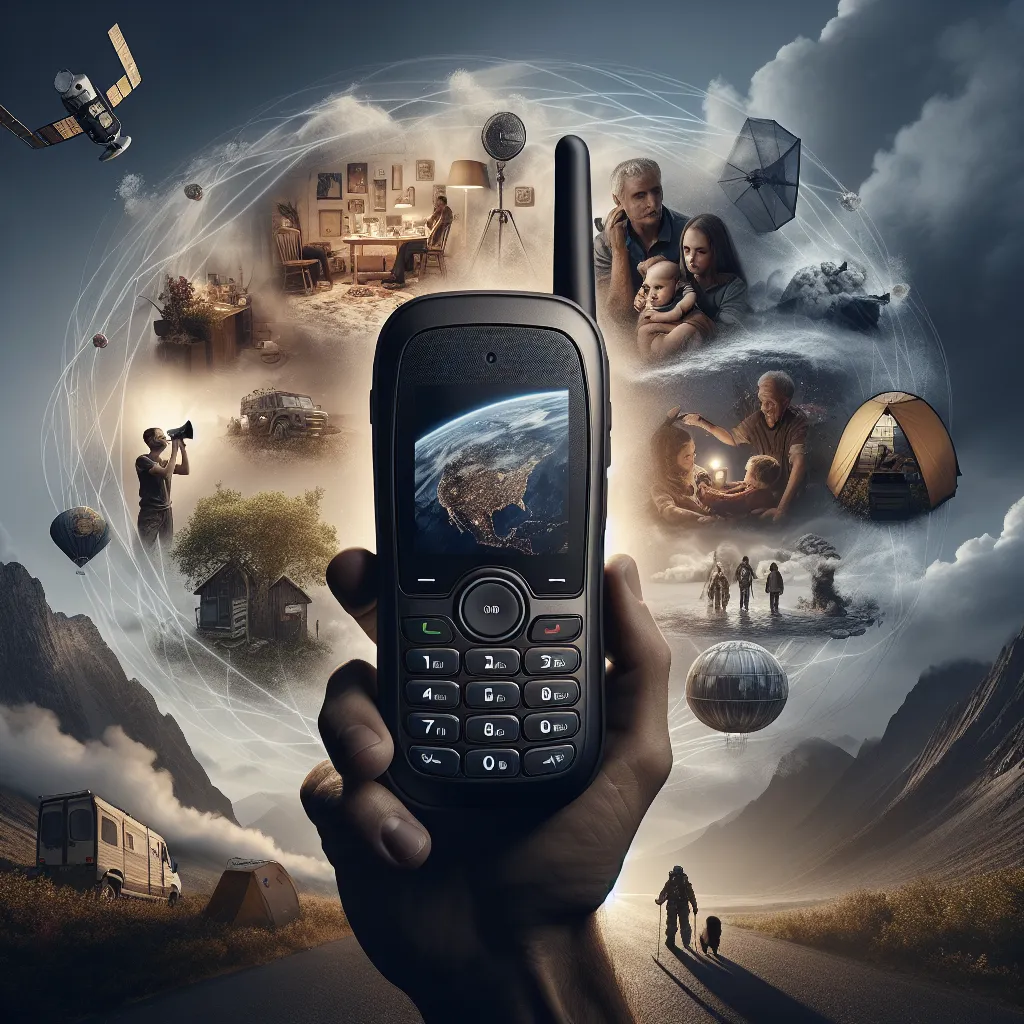
SatPhones mostly, are in their element when used for expeditions and explorations into remote areas where terrestrial normal mobile service is not available, Satellite Mobiles allow mission-critical voice and data connectivity in the most extreme of conditions.
 Holidays into remote places
Holidays into remote placesSome people in the past may have needed a satphone, but couldn’t, now things are different as some major factors have now come into play, for instance there has been a heavy reduction in the cost of satellite phones and airtime over the past few years.
